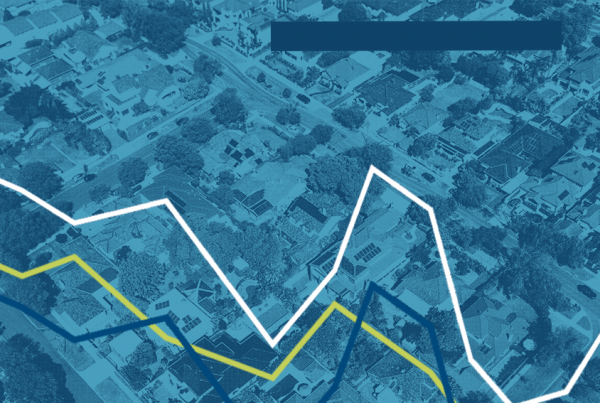
As expected, and for the seventh time since the financial crisis, the Federal Reserve increased the target range for its benchmark interest rate by 0.25% to a range of 1.75%-2%. They cited an economy that had upgraded from a ‘moderate’ rate to a now ‘solid’ rate and noted an unemployment rate at a 48 year low.
At HFG we are often asked about the impact of these increases on consumers. Generally, rate increases from the Federal Reserve mean the US economy is going in the right direction. Increases in consumer spending mean that people have a positive attitude about their personal finances, as well as the short- and long-term stability of employment. However, you may still see a slight increase in your interest for consumer loans like credit cards, since those are usually tied to the Fed’s decisions.
How does this impact mortgage rates specifically? These increases are generally forecast months in advance, but the market still does react at times. With any market news, understanding the importance of locking your rate is critical. Locking your rate will protect you against market shifts during the rate lock period, which in most cases can range from 15 to 90 days. The decision to lock a rate is always the up to the client, and we believe Homeowners Financial Group has the experience to provide expert guidance in navigating any market environment.
Please contact a Licensed Mortgage Professional near you with any questions. We look forward to working with you soon!




